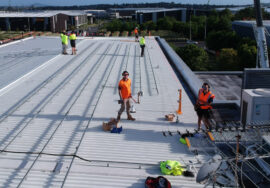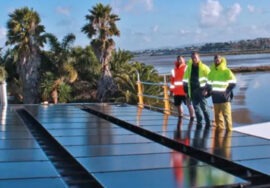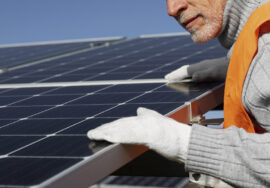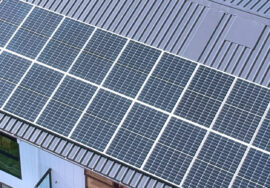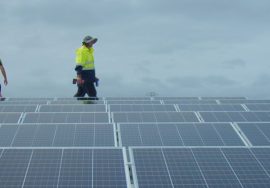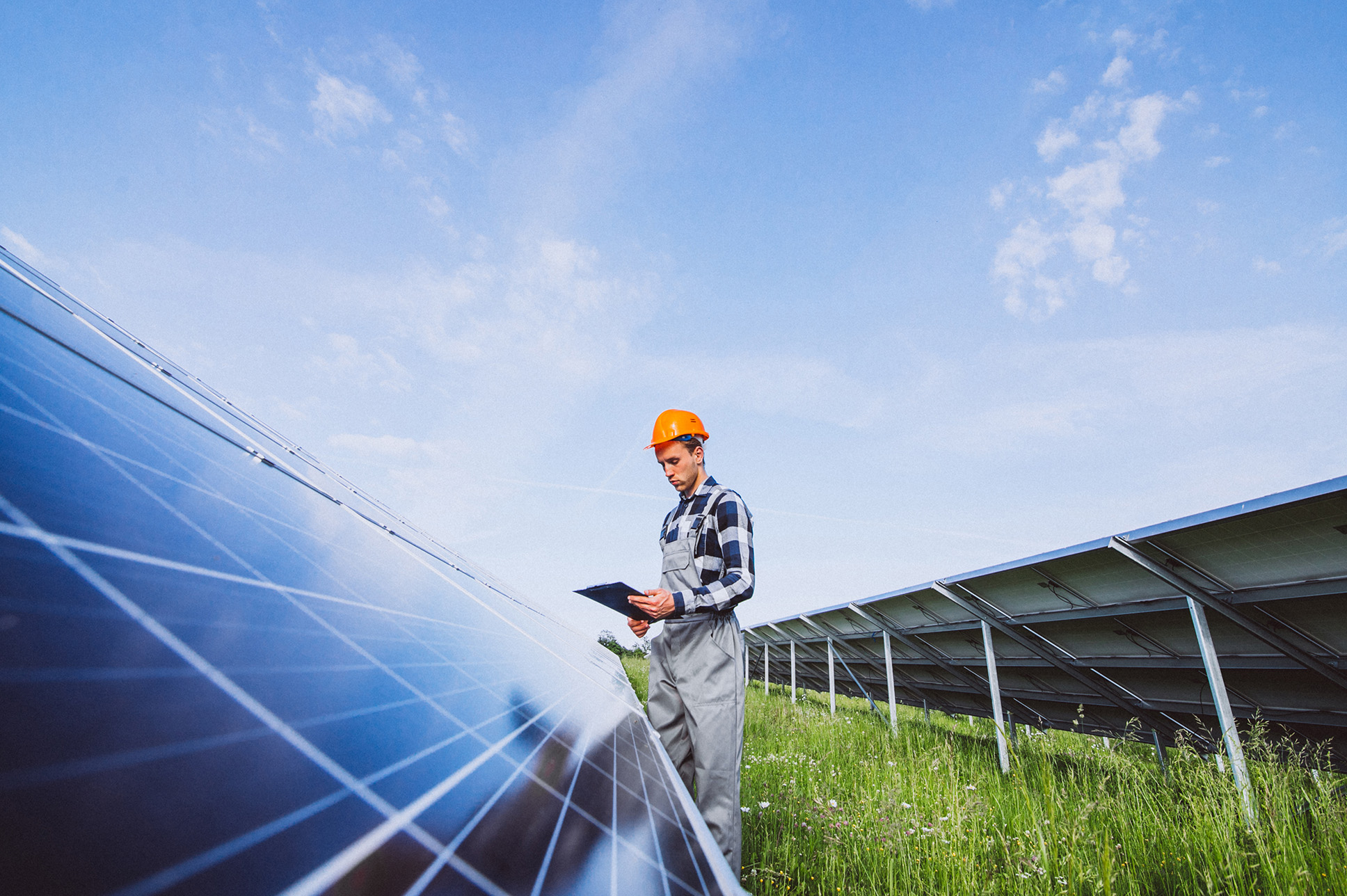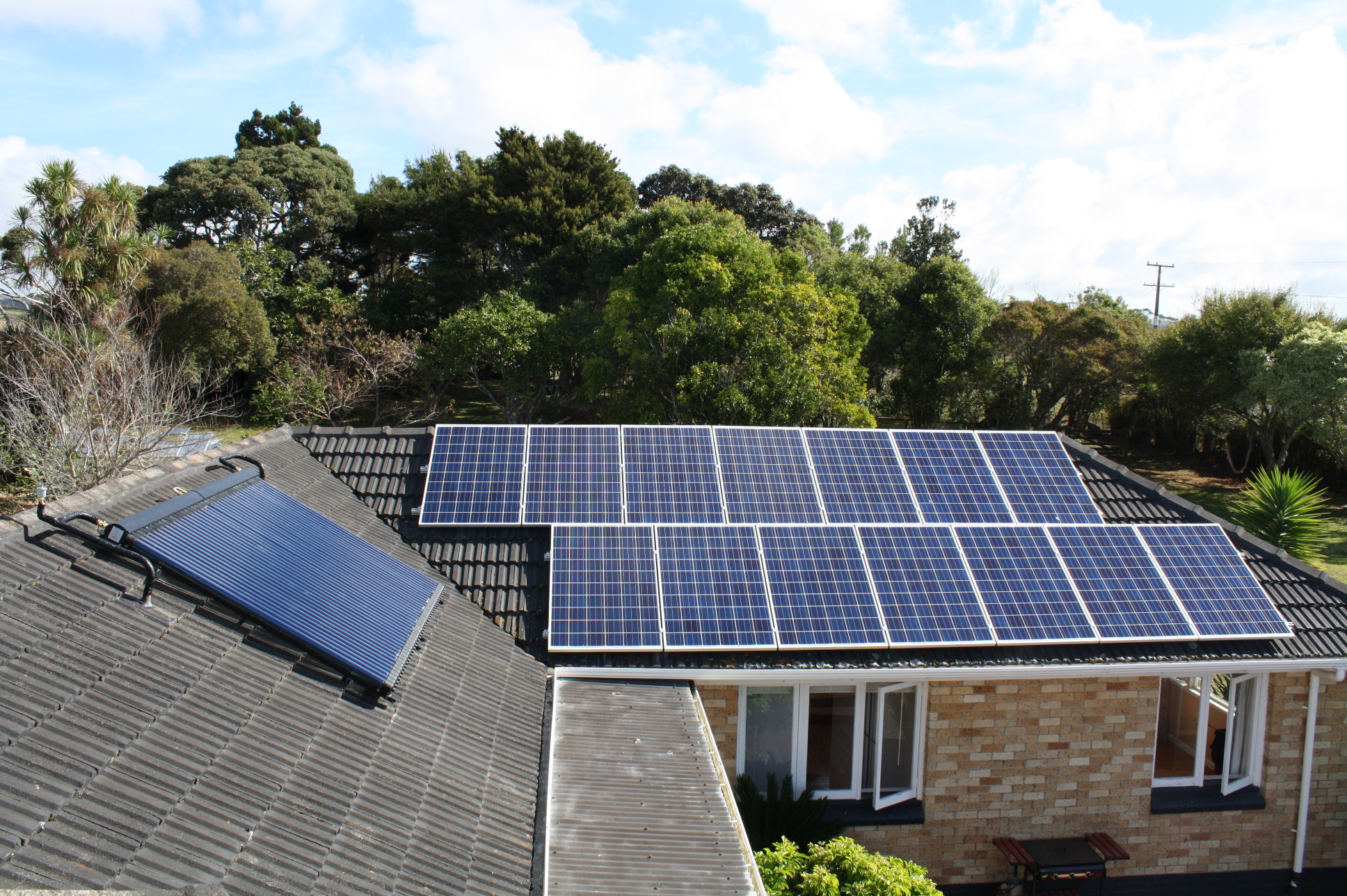
Are you solar-suitable?
ARE YOU SOLAR-SUITABLE
A PV system for an average-sized house can be installed for under 10 grand. However, how long it’ll take to pay itself off depends on several factors, including:
- How much power the panels generate, how much of that you use, and how much is sold back to the retailer
- The earnings you forgo by not investing the money spent on solar elsewhere or, if you are borrowing, the interest payments you make
- How much power prices and buy-back rates rise or fall over the lifetime of your panels, and
- The lifetime cost of the system, including any repair
Assessing your property for PV suitability essentially comes down to two factors: the power a system can generate and how much of that power you can use.
How to assess your home?
There are online tools you can use to assess the viability of your home for solar:
- The EECA Energywise Solar tool
- The Sustainable Energy Association New Zealand solar optimizer.
- In both you can input details about your home, current energy usage, and behaviours to find out if solar is right for you – we recommend trying both tools and comparing the results you get, as each uses different assumptions.
When making any assessment, it’s important to note solar PV is a long-term investment, which brings added risk and uncertainty. Over the 20+ year life of the system, there are likely to be changes to interest rates, electricity prices and buy-back rates, and household electricity use that could reduce or increase the actual return provided.
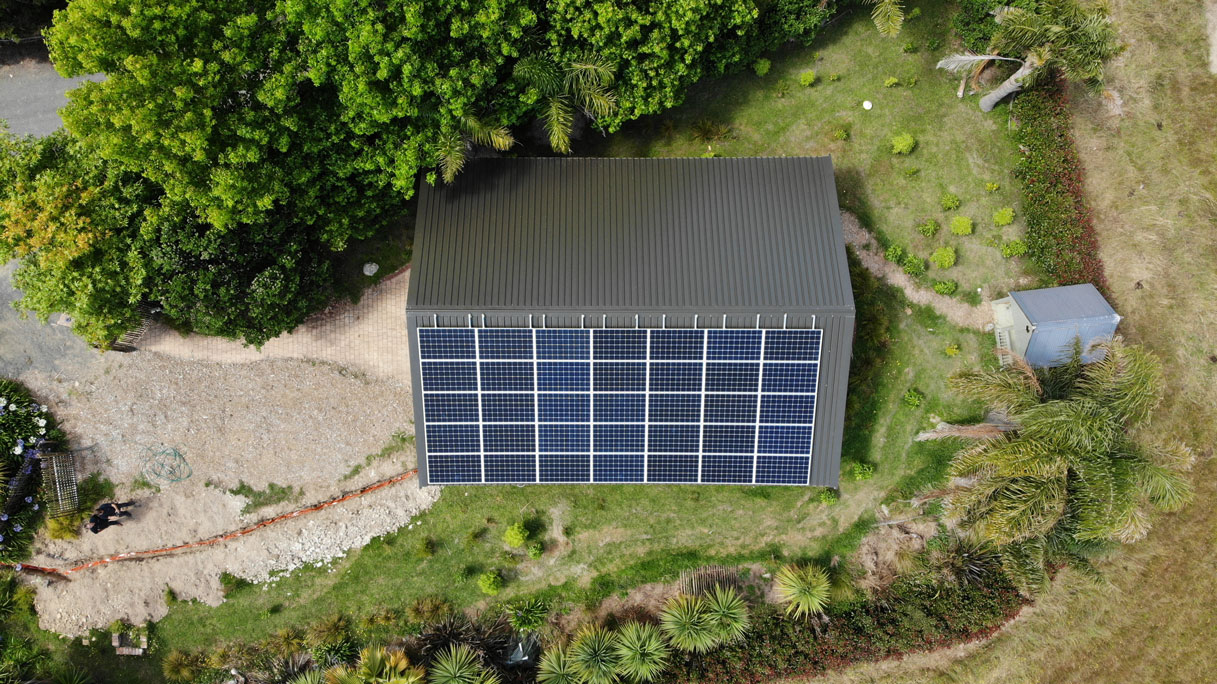
What can you generate?
In the southern hemisphere your panels need to face north to get the best power production. Your roof will ideally be north-east- to north-west-facing, with a 15 to 45° pitch. Falling outside this range cuts down how much power panels can generate.
Look for shading on the roof – think nearby hills, trees or buildings. As soon as panels are in shade, their generation levels plummet. Small patches, such as the shadow cast by a chimney, can be overcome using micro inverters or power optimisers, but these cost. Think long-term as well. How big will the neighbours’ trees be in 20 years? Is there the possibility of taller buildings being put up in your area?
What can you use?
Getting PV panels installed on your roof is only part of the equation. You also need to make best use of the power produced. Selling it back isn’t financially attractive (the buy-back rate from power retailers is 7 to 8¢ per kWh). A better option is using the power produced on your roof during the day.
Power usage peaks in the morning and evening for most households. We use more electricity in the winter, and the peaks are higher too, as we turn on heaters and use more hot water on chilly mornings and evenings.
Solar PV isn’t much help with winter power peaks. The bulk of solar generation is between 11am and 3pm. Solar panels also generate considerably more power in the summer, when the days are longer and the sun is higher in the sky.
To get the best payback from solar PV, you need to use as much of the solar power as possible as it is generated. Some of the power used in morning and evening peaks can be shifted. Using timers to delay and stagger appliances could be one part of the puzzle. Another is switching electric water heating to come on during the day.
However, solar PV becomes most viable if you consume power all day, especially in the summer. That could be because your home is occupied all day, you heat a spa pool, run a swimming pool pump, or have an electric car charging.
Ultimately, getting the best bang for your solar buck requires a home with large daytime power use, plus a behavioural change for your household to bring consumption into line with production.
Typical household consumption & PV generation
line graph showing exported vs imported power
Solid line = Power generation
Dotted line = Power consumption

Getting the right size
The ideal solar PV system for your home is sized so you can use most of the power it generates, selling as little as possible back to the grid. You will pay more than three times as much to buy power from the grid as you’ll get for the power you sell. So a large system may be cheaper per watt generated, but it could take a long time to pay off the extra investment.
Article source: consumer.org.nz
Thinking solar? Get in touch with the team of Trilect Solar on (09) 271 2473 of fill the form to book in a FREE on site consultation.
ABOUT TRILECT SOLAR
Trilect Solar is a division of Trilect Services, New Zealand’s master electrician since 1997.
We are members of the Sustainable Energy Association of New Zealand (SEANZ) which offers additional peace of mind to our customers.
Trilect Electrical Services is a large electrical service company which is a member of the Master Electricians & Mastercraft network with 40 employees and a 20+ years history of customer satisfaction.
Get started now by booking a free on-site consultation.
Request Your On-site Consultation
Or call us on (09) 271 2493

